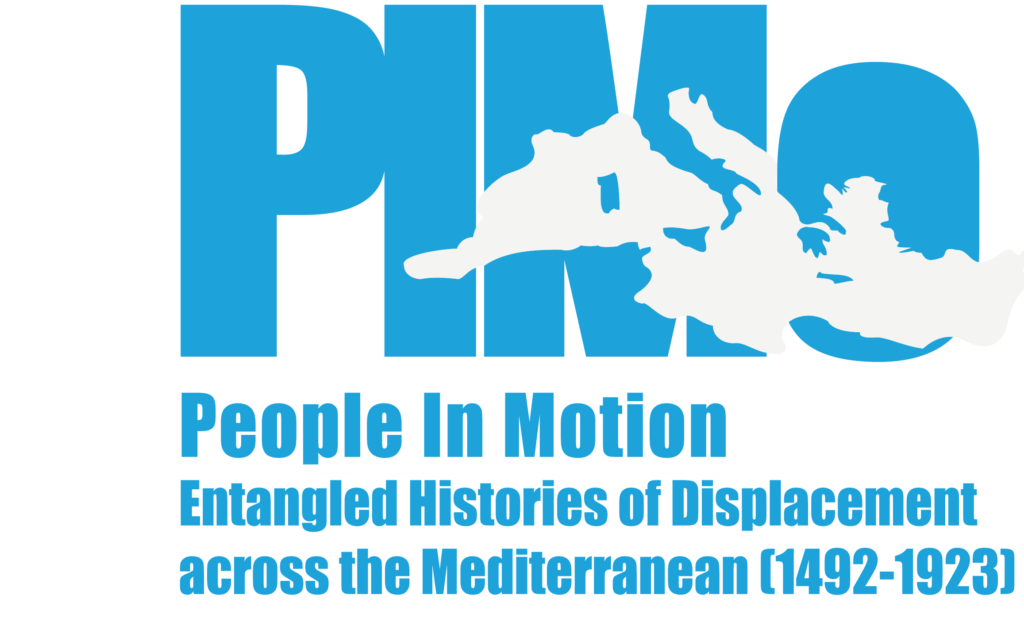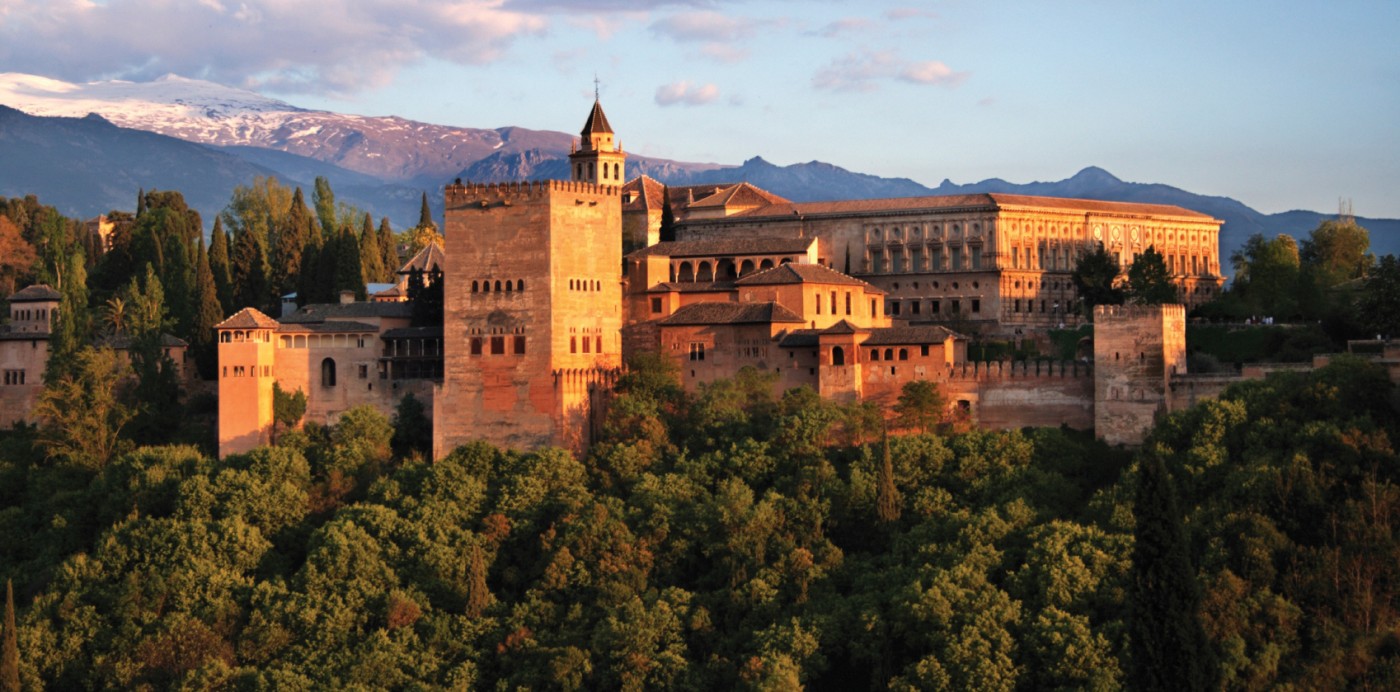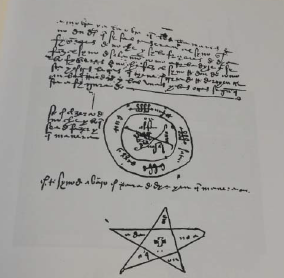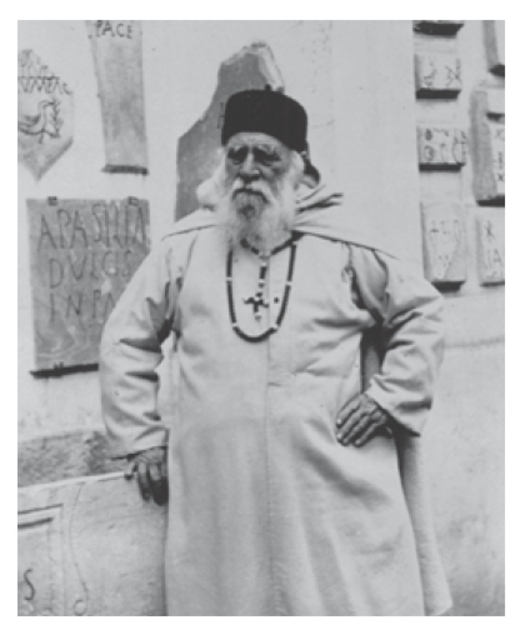Get Involved and Get Funded!
The PIMo team are delighted to draw your attention to a number of exciting opportunities to get involved in our activities and to secure financial support from the network. Please share these calls for applications widely. 1. Training School. El Museo Canario, 24-27 February 2021: Deadline 15 November 2020. The first PIMo Training School, on the topic of Diasporic Communities in the Mediterranean: Between Integration and Disintegration, aims to explore the “visible and invisible networks” between cultures in the Mediterranean area, from the fifteenth century to the present and to show the ways such connections were (and are) artificially separated by ideological and literal borders. Its main objective is to offer an opportunity for research development, training and exchange of ideas for PhD and postdoctoral students working in the fields of Mediterranean Studies, Migration Studies, Cultural Transfers and History of Emotions. Full details of the application process, eligibility requirements and the proposed programme are available here. Please share with doctoral and post-doctoral researchers. 2. Short Term Scientific Missions: Deadline December 05 2020. This scheme supports individual mobility, institutional visits, and collaboration between individual scholars [...]







